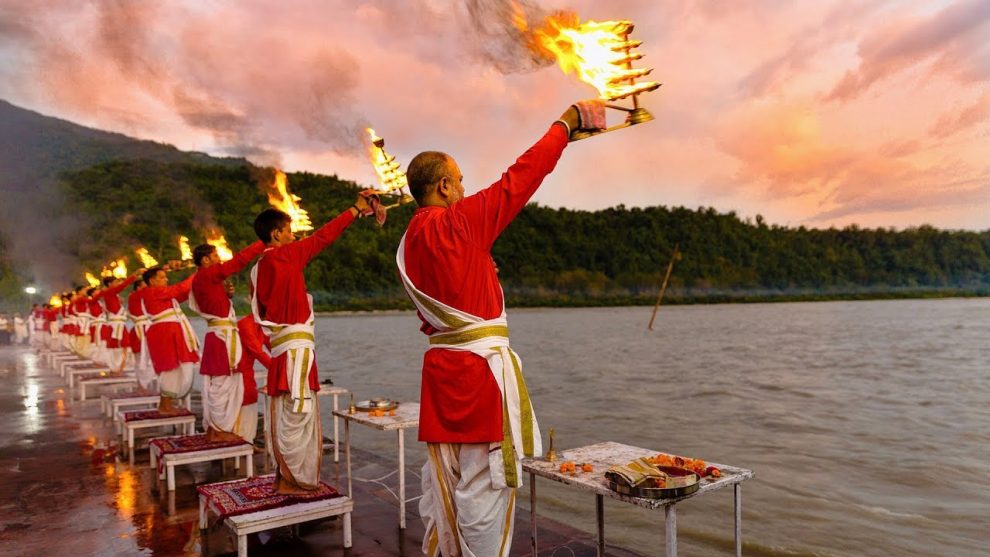Rituals are an essential part of human existence, and they have been carried out since the beginning of time. These practices serve as a way to connect with a higher power, express gratitude, and honor traditions. One such ritual that holds great significance in Hinduism is the ritual at Ganga.
Ganga, also known as the Ganges, is a river in northern India that holds great religious and cultural significance. It is believed to be a sacred river and is worshipped by millions of Hindus. The river is considered to be a manifestation of the goddess Ganga, who is revered as the purifier of sins.
The ritual at Ganga is performed by millions of devotees who visit the river every year to bathe in its waters, offer prayers, and perform various other ceremonies. The ritual is believed to cleanse the soul of sins, provide good health, and bring prosperity and happiness to the individual.
The ritual at Ganga is not just limited to bathing in the river’s waters. It also involves performing various other rituals and ceremonies that are steeped in tradition and symbolism. One of the most important rituals is the Aarti, which is a Hindu ceremony of worship that involves the offering of light to the gods and goddesses.
The Aarti at Ganga is performed every evening, where devotees gather on the banks of the river to witness the ceremony. The ceremony involves lighting a lamp, waving it around in a circular motion, and offering it to the goddess Ganga. The Aarti is accompanied by the chanting of mantras and hymns, creating an atmosphere of devotion and spirituality.
Another important ritual at Ganga is the offering of prayers and performing the Shradh ceremony. The Shradh ceremony is performed to honor one’s ancestors and seek their blessings. It is believed that performing this ritual at Ganga holds special significance, as it is believed to provide peace to the souls of the departed and bring good fortune to the individual.
Apart from these rituals, there are several other ceremonies and customs that are performed at Ganga. One such ceremony is the Kumbh Mela, which is a mass pilgrimage that takes place every 12 years. Millions of devotees from all over the country gather at the river to bathe in its waters and seek blessings from the gods.
The ritual at Ganga holds great significance for Hindus, and it is believed to be a way to connect with the divine. The river is considered to be a purifier of sins, and bathing in its waters is believed to cleanse the soul of impurities. The rituals and ceremonies that are performed at Ganga are a way to express gratitude, seek blessings, and honor tradition.
However, it is important to note that the ritual at Ganga is not just limited to religious beliefs. The river holds great ecological significance and is considered to be one of the most important ecosystems in the world. The river supports millions of people who live along its banks and provides livelihood to many. It is also home to several species of fish, turtles, and other aquatic animals.
In recent years, the ritual at Ganga has come under scrutiny due to pollution and environmental degradation. The river is one of the most polluted in the world, and its waters are contaminated with industrial waste, sewage, and other pollutants. This has led to a decline in the quality of the river’s water, making it unsafe for bathing and other rituals.
To address this issue, the Indian government has launched several initiatives to clean up the river and preserve its ecological significance. The government has also launched several programs to promote sustainable tourism and raise awareness about the importance of the river.
